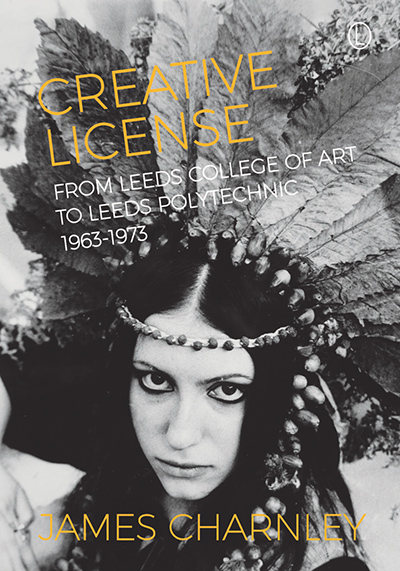Description
When Jesus offers his body as a promise to his disciples, he initiates a liturgical framework that is driven by irony and betrayal. Through these deconstructive elements, however, the promise invites the disciples into an intimate space where they anticipate the fulfilment of what is to come. The Last Supper, symbol of unfinished life and sacrifice, becomes the common thread between John Donne and Emily Dickinson, whose poetics acquire liturgical – and therefore eschatological – features, and body and text become the same.
By tracing the displacing and yet co-ordinating theme of the body as a textual presence, Liturgical Liaisons opens into new readings of Donne and Dickinson in a way that enriches how these figures are understood as poets. The result is a risky and rewarding understanding of how these two gurus challenged accepted theological norms of their day.
About the Author
Dr Jamey Heit holds his doctorate from Glasgow University’s Centre for Literature, Theology and the Arts. He is the author of multiple books and has presented his work at a variety of international conferences.
Contents
Foreword by David Jasper
Acknowledgments
Prologue
Introduction
1. Ironic and Erotic Bodies
2. The Text’s Indefinite Exile
3. Liturgical Decay and Rebirth
4. John Donne’s Dying Body
5. Emily Dickinson’s Indefinite Desire
6. The Body and Betrayal
Conclusion
Bibliography
Index
Endorsements and Reviews
Liturgical Liaisons examines the development of liturgical poetics in Donne and Dickinson. Here is liturgical risk – love must pass through betrayal. Heit offers fresh, imaginative thinking on deeply serious issues.
George Newlands, Glasgow University
Liturgical Liaisons uses the related disciplines of theology and philosophy to open up the liturgical value of Donne’s and Dickinson’s poetry. This is a fascinating and delicate contribution to the growing academic interest in the relationship between literature and theology.
Linda Freedman, author of Emily Dickinson and the Religious Imagination
Liturgical Liaisons is a sophisticated, luminous interpretation of John Donne’s and Emily Dickinson’s poetry that brilliantly draws on theological and literary methodologies. This is a compelling, interdisciplinary, and scholarly book that contributes to a new comprehension of John Donne and Emily Dickinson, an inspired conjunction that now seems utterly convincing.
Richard A. Kaye, Hunter College and the Graduate Center






